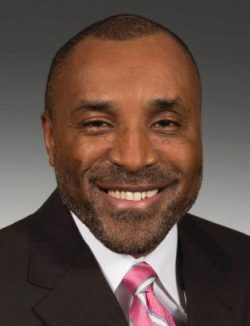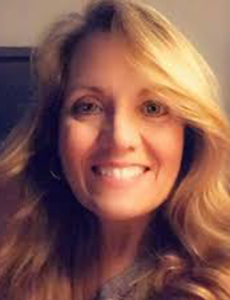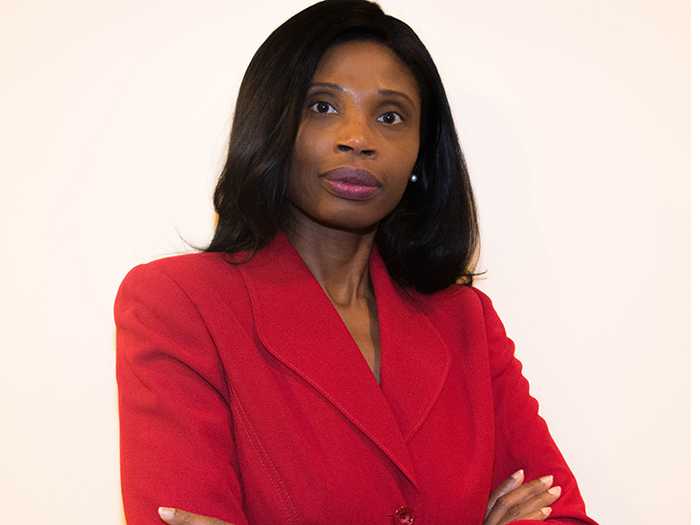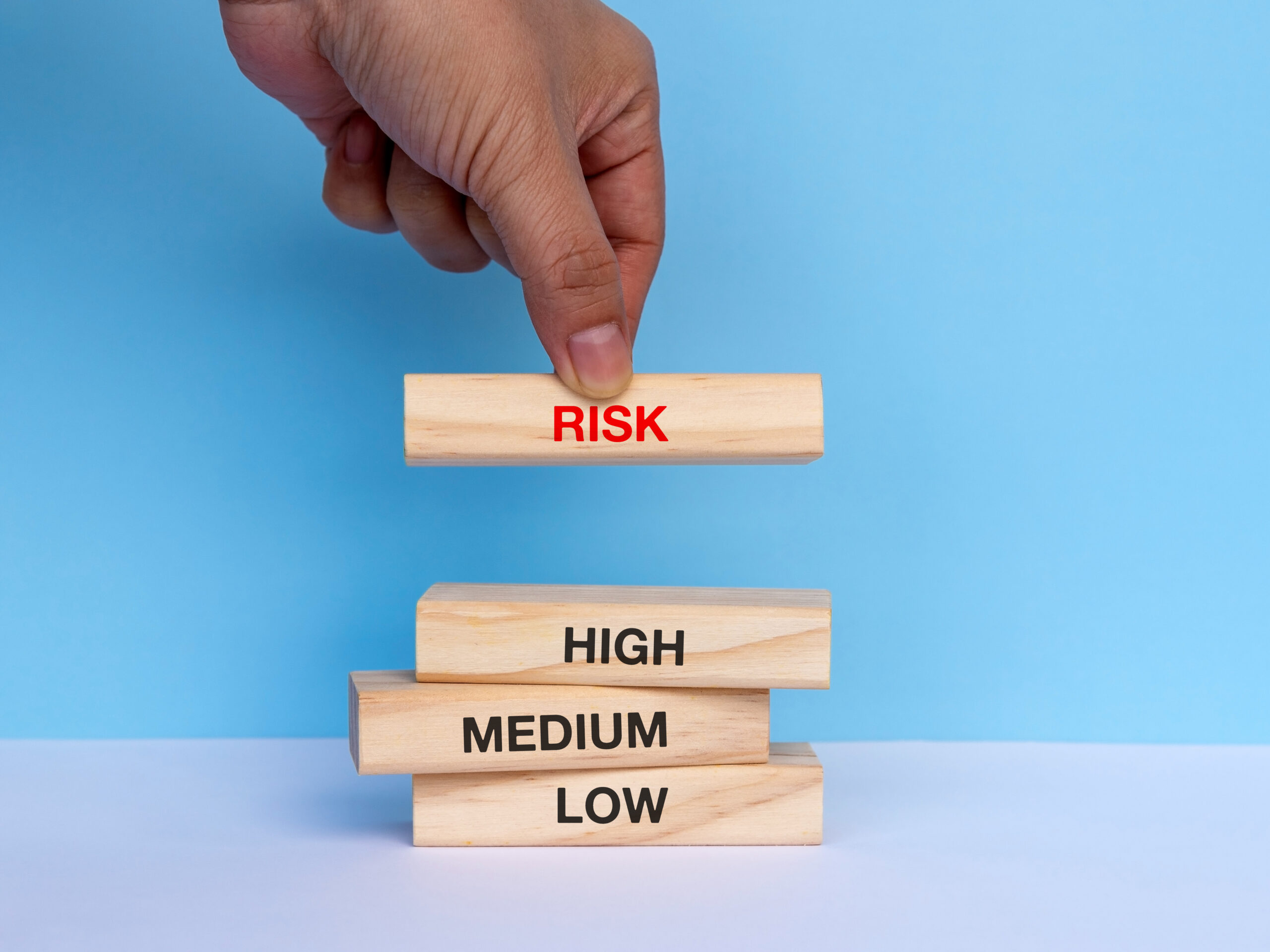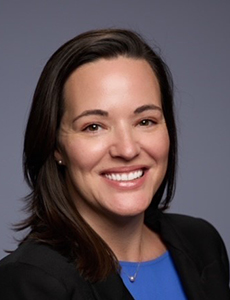Identify Hidden Obstacles to Improve Injured Worker Outcomes

In his keynote address kicking off NWCDC on Nov. 6, addiction specialist and TV personality Dr. Drew Pinsky made several points acknowledging the importance of looking at the whole person when treating addiction, noting how issues such as cultural factors and prior trauma can impact the effectiveness of treatment.
Workers’ comp professionals have long understood how such factors can dramatically impact the outcome and duration of claims. But such characteristics aren’t always obvious, making it difficult to identify opportunities to improve outcomes.
Teasing out the right information was the subject of “Getting Injured Employees Back to Work Using Biopsychosocial Techniques,” presented at NWCDC on Nov. 6 by Shari Botelho, Director of Operations for nurse case management company Absentia Solutions, together with Clairmonte Cappelle, Executive Director, Puget Sound Educational Service District, and Cindy Kincannon, Claims and Fleet Manager for YUM! Brands.
A quick definition first, for anyone new to the term. Biopsychosocial refers to the “sweet spot,” said Botelho — the intersection of the biological, psychological and sociological factors impacting the worker’s life, and their potential for impacting recovery.
When a worker is injured, there’s no way for an employer to know about the non-work circumstances in that person’s life. Only after a claim has gone off the rails do details start to surface about family or financial or social issues that have become barriers to recovery.
That’s why it’s important to ask pointed question up front. But that’s easier said than done. Employers have to be careful about what they ask or risk running afoul of labor laws. And employees may not be comfortable answering personal questions coming from an adjuster, fearing their claim might be denied if they answer the “wrong” way.
Cappelle and Kincannon both say that having nurse case managers fill that role is ideal, and they are in the best position to foster trust.
“Once they get on the phone with a nurse, it’s surprising how much they share,” said Botelho, who encouraged attendees to ask themselves, “What if I had known upfront what I know seven weeks in?”
Quick action is key, presenters said. NCMs should be in contact within the first 24 to 48 hours in order to capture opportunities for early intervention.
“Knowing what the injured worker is thinking at the time of the injury” can provide invaluable information that will help the team identify the types of early intervention that might come into play, said Cappelle.
“Having a nurse at the onset experienced in listening for those cues can really have a meaningful impact,” said Kincannon.
It’s about having a conversation, presenters said, and looking for ways to reduce the fear surrounding an injured worker’s case. Getting the workers’ input into what they need also helps keep them engaged and helps them feel like an active part of the recovery process, said Cappelle.
That conversation can unearth not just red flags, but support tools that can aid recovery.
“What is their activity they’re passionate about outside the workplace?” Cappelle asked. Maybe they play on a softball league or enjoy ballroom dancing. Understanding that can help the treatment team craft a recovery plan that engages both work and non-work motivational factors.
Measuring success is vital, on a variety of levels. For starters, said Cappelle, consider a post-claim survey to ensure that the worker had a positive experience.
“You always want to make sure you do right by the injured worker,” he said. &

